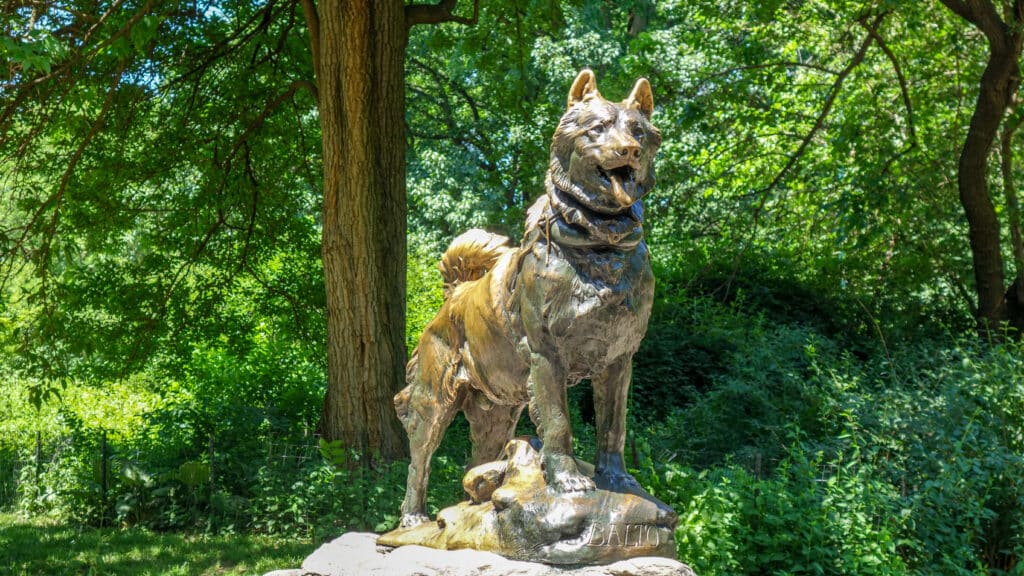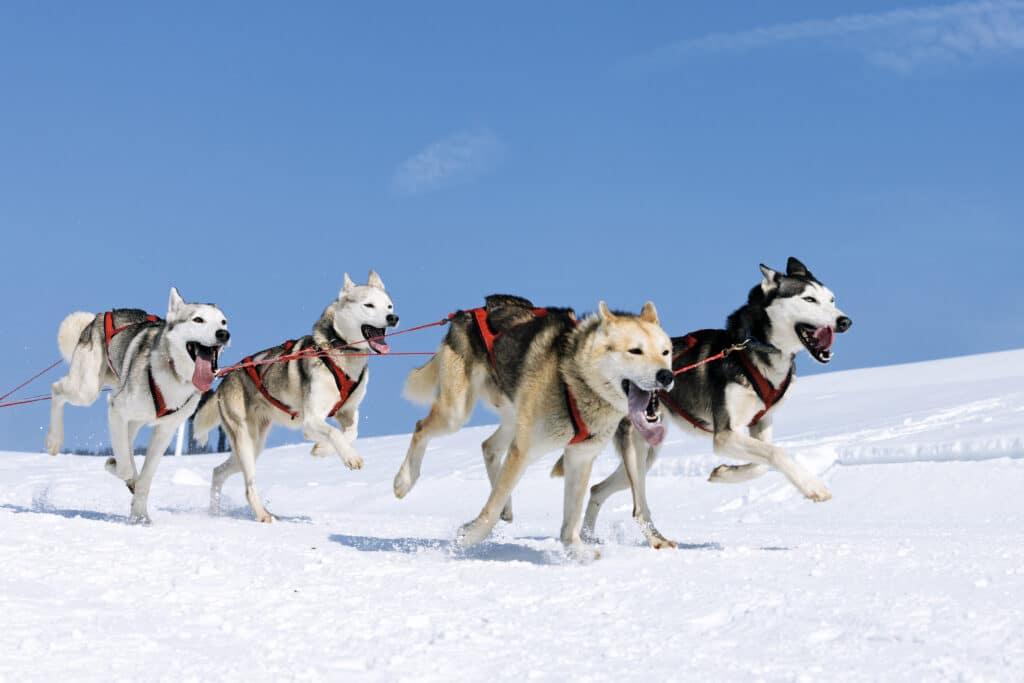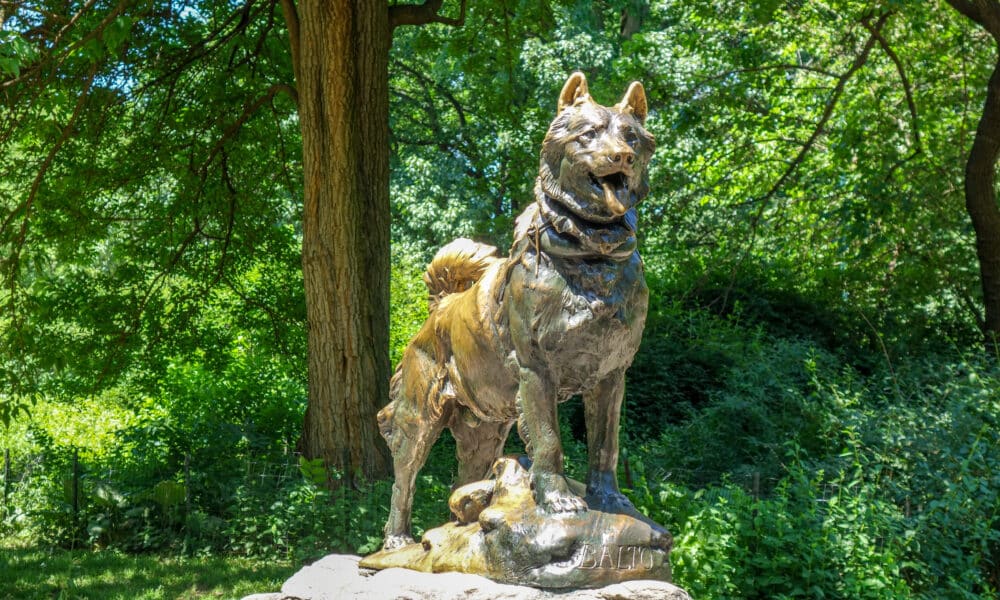A brand new examine reveals the particular DNA that made the well-known sled canine, Balto, survive one of many harshest winters in Alaska through the 1925 serum run to Nome.
Balto the Siberian Husky is excessive on the listing of “goodest bois” for his heroic act in 1925. Should you’re not accustomed to this heroic pooch, he was a part of a dogsled staff that delivered lifesaving antitoxin to save lots of Nome, Alaska from diphtheria.
And now, because of Balto’s taxidermied stays, researchers have discovered what made him so robust. And no, it’s not his wolf ancestry!

In a examine printed on Science.org, researchers discovered that Balto, alongside together with his working sled canine friends, have been extra genetically numerous than each the working sled canines and fashionable breeds we now have right this moment.
Balto and his friends symbolize “genetically more healthy populations” and that the possibilities of them carrying probably damaging variants was decrease than fashionable canine breeds.
Moreover, Balto additionally had bodily options that have been totally different from the Siberian Huskies we now have right this moment. Researchers additionally imagine that the canine got here from a much less inbred inhabitants of huskies that have been small, but quick and match.
One other key discovering within the analysis is that Balto had a greater means to digest starch, a trait present in modern-day canines however not in wolves.
Co-lead creator of the examine and a postdoctoral researcher on the College of California, Santa Cruz, Katherine Moon, stated that Balto most probably consumed meals that was wealthy in starch, as an alternative of meat.

Speaking to Scientific American, Moon additional defined, “What we discovered is that Balto is extra genetically numerous and genetically more healthy than your breed canine of right this moment however much like these working Alaskan canines that we now have now—which is what you count on from a bunch that’s nonetheless bred for work moderately than the aesthetic phenotype that breed canines are actually held to.”
For this examine, the researchers took a DNA pattern from Balto’s taxidermied stays on the Cleveland Museum of Pure Historical past together with the genetic knowledge of 682 canines and 240 mammals.
Balto’s DNA evaluation is a part of a broader analysis undertaking referred to as “Zoonomia“, which goals to know the genetic range and evolution of various mammals.


